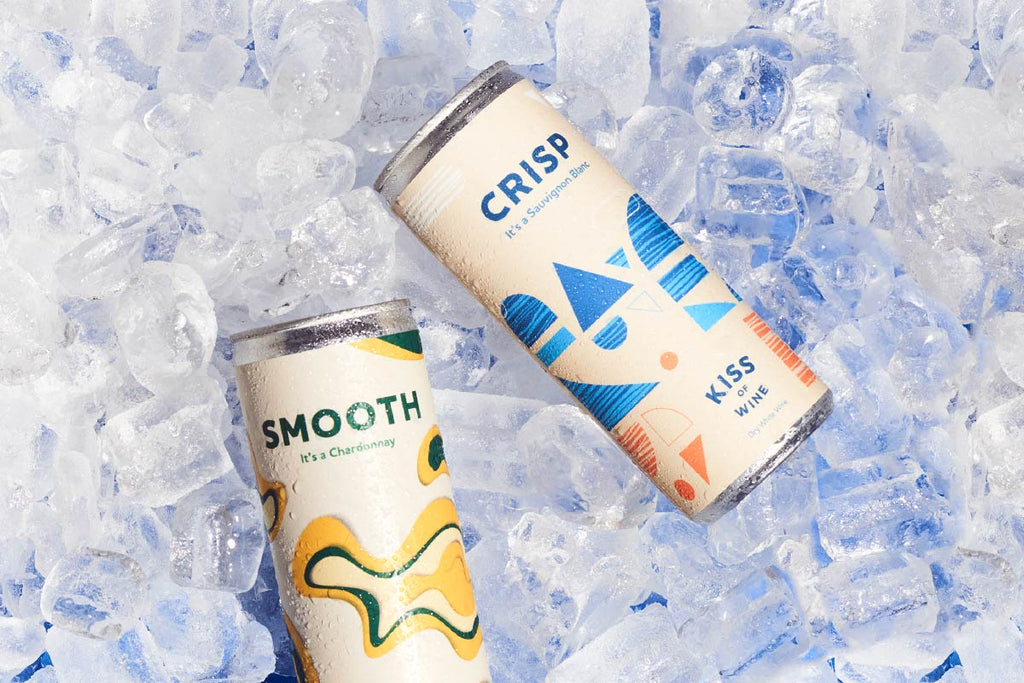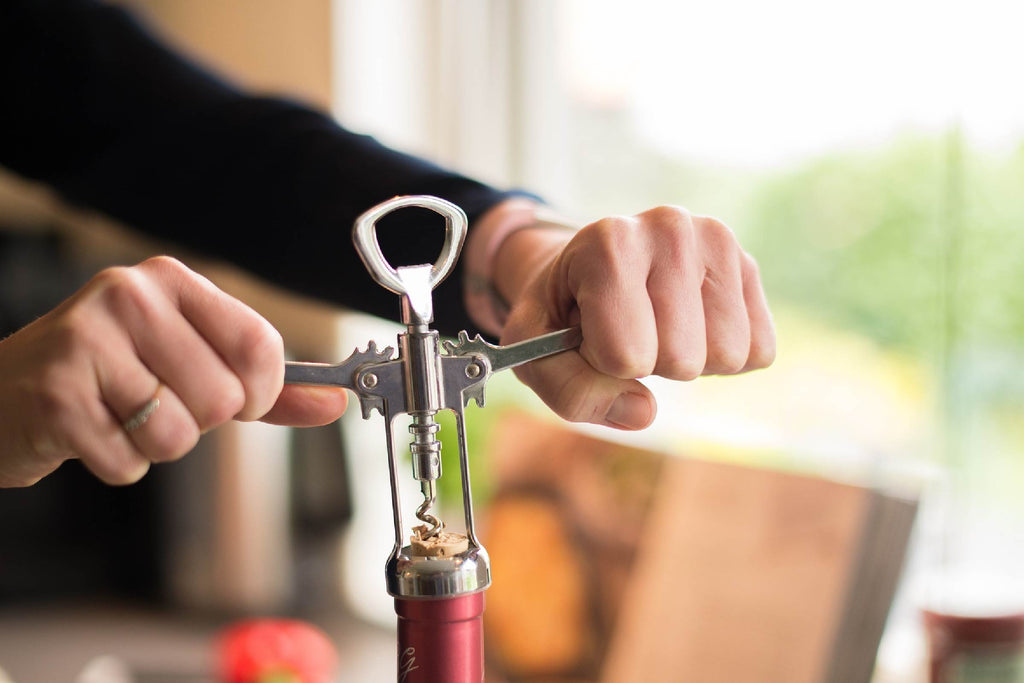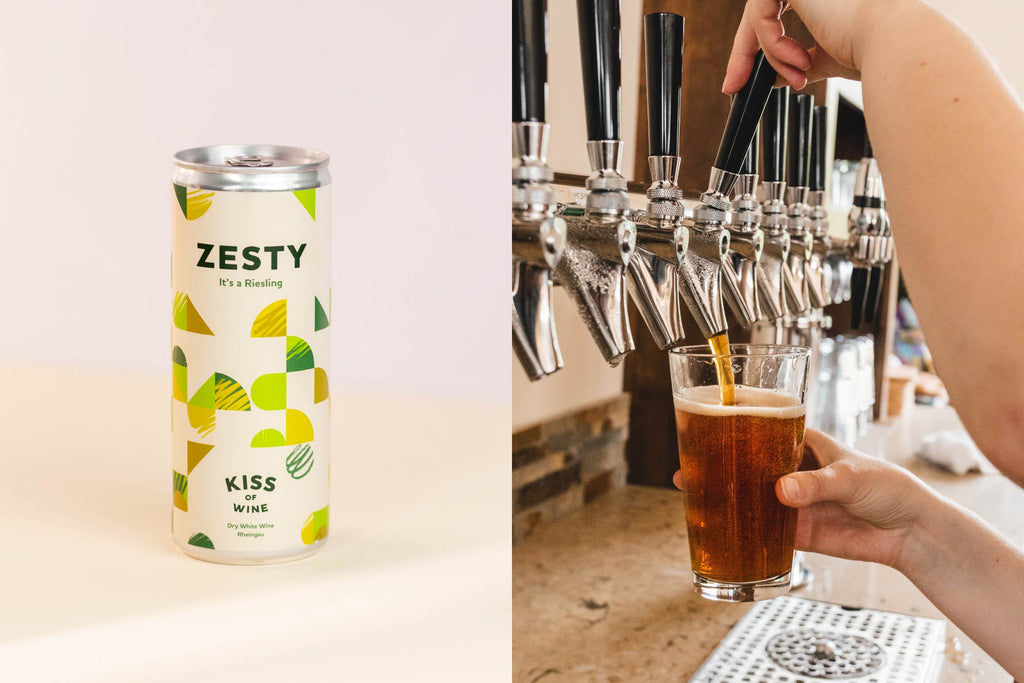Old World wine versus New World wine and why it matters
Ever heard the phrases Old World wine and New World wine and wondered how you ended up in a history lesson? Well, we know how you feel, so we sifted through the details and pulled out important tit-bits to help you out the next time you’re at the wine store.

In a nutshell
Old World refers to the traditional regions where modern-day winemaking techniques originated. These countries stretch across much of Europe, including France, Spain, Italy, Germany, Portugal, Austria, and Greece.
New World, on the other hand, refers to everywhere else. This leaves many countries such as Australia, New Zealand, the United States and Argentina that are considered New World wine regions.
But, like, so what, right? Some might say this but the split means two pretty major areas of difference — winemaking and geography. These affect the final result of your favourite wines, regardless of the variety.
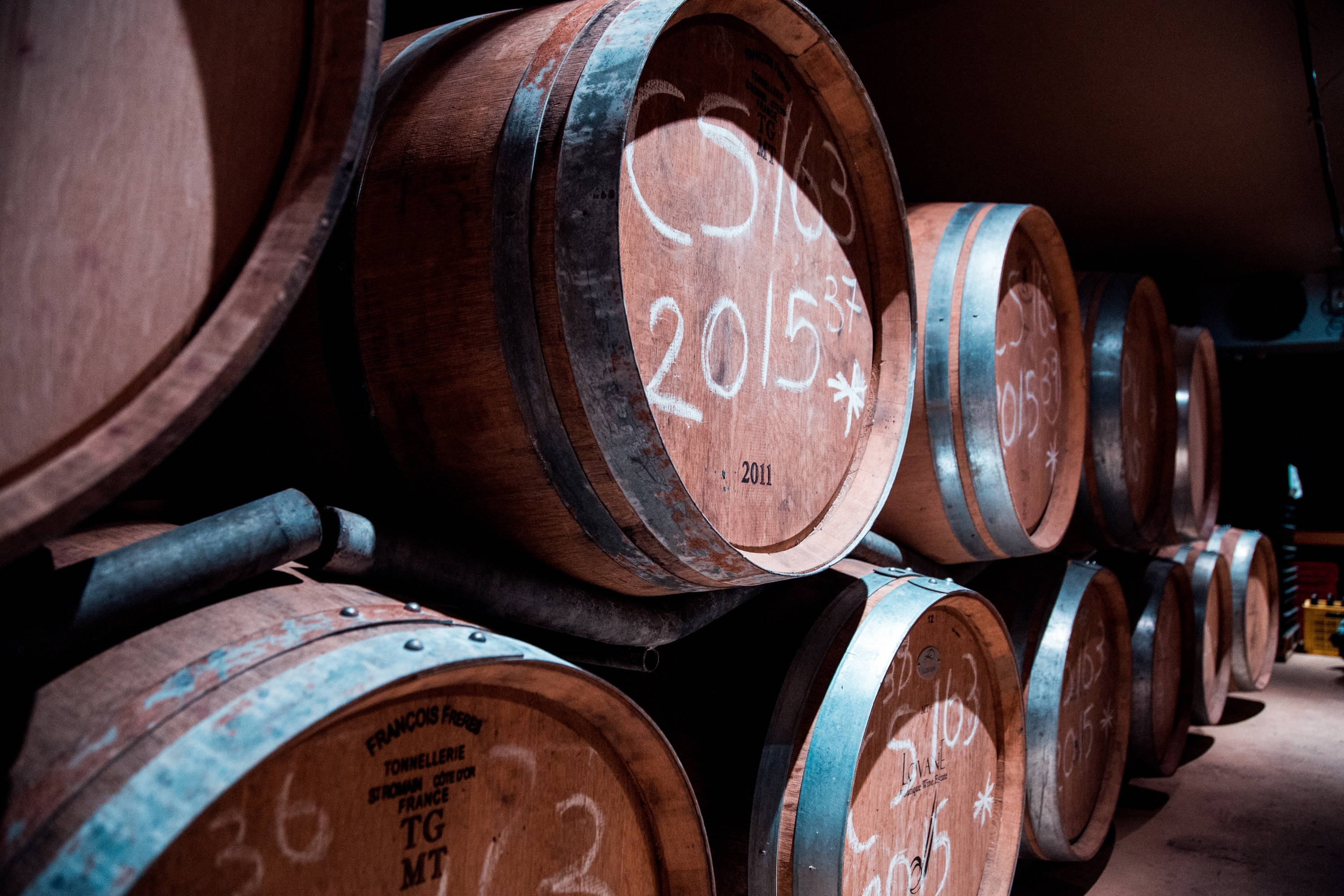
Steeped in tradition
As the original home of the wines we love, the Old World is steeped in tradition and, as a result, winemaking techniques in the old World haven’t changed very much from generation to generation. Prestige is still placed upon a wine made in a similar way to how a winemakers grandparents did it and, we must say, there is something very charming about that.
On the contrary, New World wines don’t have this. With their borrowed traditions, winemakers in the new World are freer to innovate, iterate and experiment. Between handpicking versus machine picking, feet-stomping to stem-separator technologies, New World wines can be much more unpredictable, but the results are overwhelmingly positive.
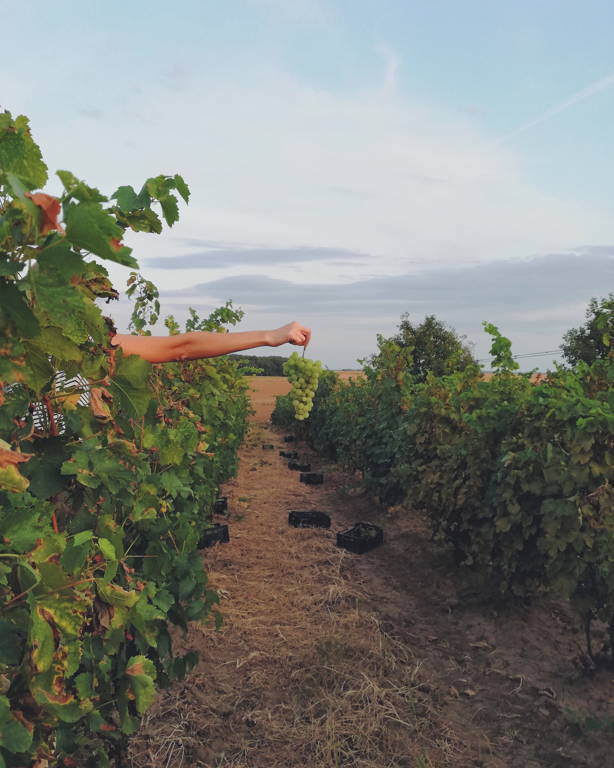
Location, location, location
Geography
This brings us to geography. Old World wines tend to rely on their terroir. This can be summed up by the fact that if winemaking techniques remain largely as they were 100 years ago, winemakers still rely on their vines to produce the best vintage.
Terroir-driven wines mean their flavour profile is dictated by the soil and climate where they’re grown. Typically, old world wines are grown with specific soil, elevation and climate in mind, which is why the regions exist there in the first place. The outcome is, therefore, less fruity and more earthy.
Sauvignon Blanc is a classic example of this. French Sauvignon Blancs boast strong mineral flavours and lower acidity. Its New Zealand counterpart being loaded with fruity and herbaceous flavours and aromas.
Climate
At the risk of over-simplifying it, old-world wine regions tend to be cooler, whereas new world wine regions are warmer.
Now, while the old versus new debate often follow geographical lines, be careful — there are exceptions to this rule. Italy, for example, is a classic Old World wine region yet is well-known for its warm climate. It is home to a range of fruity reds such as Negroamaro and Primitivo. The opposite also applies to the likes of Canada and New Zealand — hardly typical warm wine regions, yet very much on the list of new world wine regions.
While dividing the wine world into two major regions might feel a little bit old fashioned, it can be really useful to understand the nuances between the two. Now that you have a little more information under your belt, why not pick up some old world and new world versions of your favourite varieties? Better still, host a wine tasting event with your friend and see if you can taste the difference!




